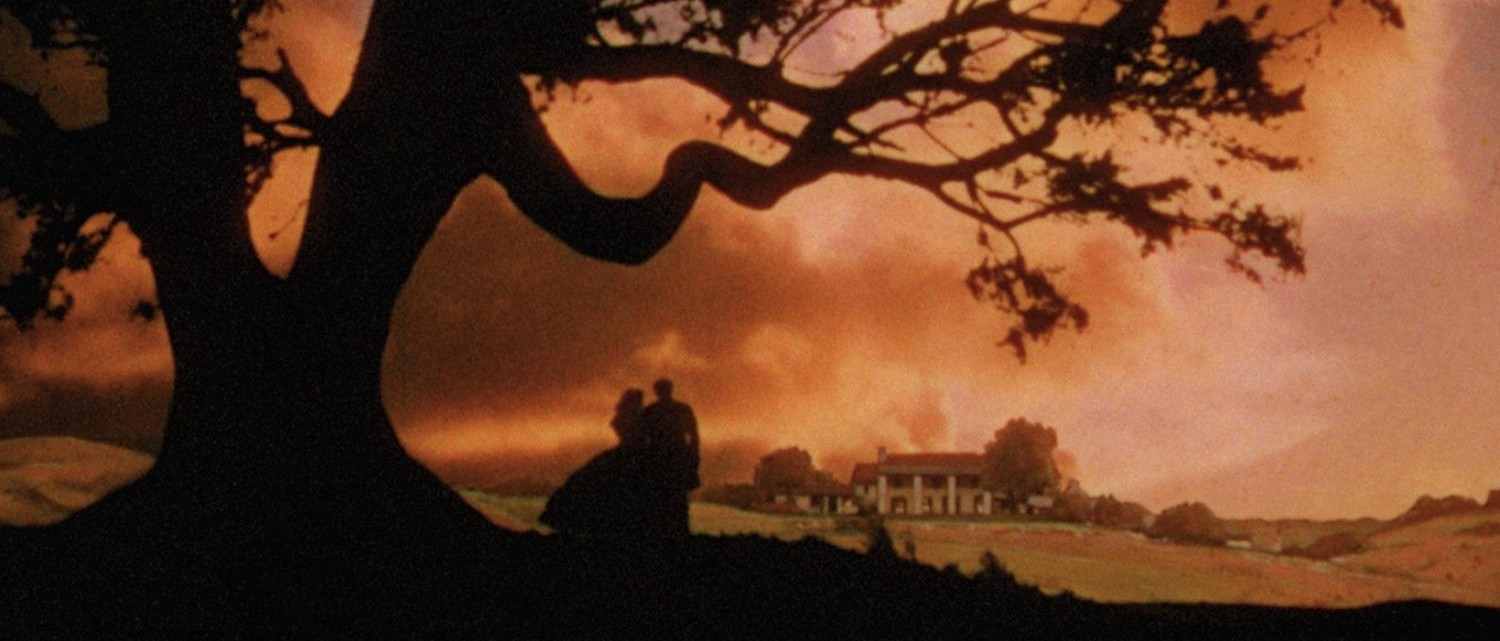
One of the most interesting elements that is consistently featured in the historiography of The Rules of the Game is, indeed, the story of its coming to be. This essay will focus on the historical context behind The Rules of the Game, its makers, its detractors, and the captivating story behind its resurrection after twenty years in cinematic limbo.





